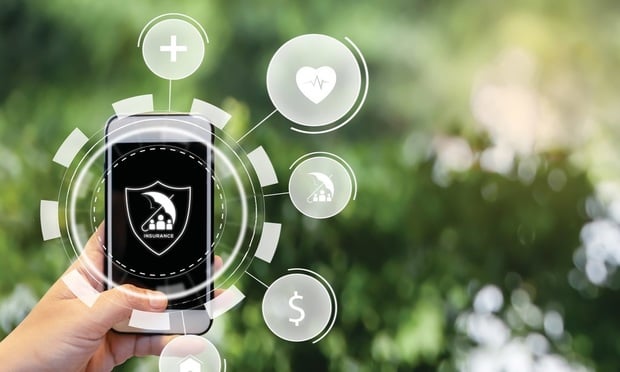With Americans clocking more time behind the wheel than ever before, additional miles can be a challenge to auto insurers. How can insurers make a dent in accident frequency and severity, both of which are currently on the rise?
Data tells the story. Americans drove a combined 3.1 trillion miles over the 12 months through March 2016, with the average auto liability claim for property damage at $3,493 and bodily injury at $17,024, according to research from Verick Analytics. Not coincidentally, in 2015, the United States experienced the "highest one-year percentage increase in traffic deaths in half a century," according to the National Safety Council. But what if an insurance company could reduce both the frequency and severity of claims?
By having telematics data available for claims management, consumers and insurers alike could gain a better understanding of how to mitigate claims — almost before they happen. Data from a vehicle could alert drivers to vehicle problems, such as low tire pressure that might lead to a blowout, or warn of impending storms so the car could be under cover, protected from hail or similar weather related perils. By offering driver feedback on vehicles and driving behavior, an insurer can engage customers in new practices that provide value, with the potential for increasing customer satisfaction and loyalty.
See also: Here's how auto technology will change claims
Instant information
When a customer does get involved in an accident, data from automakers and telematics service providers — paired with information on driving history and behavior for the people involved — may provide some of the following:
— Almost immediate triggering of claim adjustment processes, including applicable "totaled vehicle" decision making
— Instant alerts to emergency services and towing companies
— Prompt damage assessments
— Identification of local participating body shops that have negotiated labor and parts pricing
— Early replacement parts procurement
This data can conceivably shorten the claim cycle, increase customer satisfaction, assist with accurate reserving, detect fraud, and take the guesswork out of reconstructing the accident and ultimately assigning liability. For both auto physical damage and casualty claims, imagine significantly reducing the claims investigation process, including potentially minimizing obtaining extensive testimonies and other corroborative evidence after an accident and instead having the data from the vehicles in hand. Such information can assist in correlating any injury potential and help insurers assign appropriate claim adjusting staff with targeted expertise.
Related: Telematics in auto claims is inevitable
Anticipating customer needs
What if an insurer could know if a vehicle is drivable right at the scene of the accident? And what if vehicle repair costs were such that a damaged vehicle could be totaled right away? When the towing service arrives, data from a vehicle could be combined with data from the tow driver's investigation and potentially transmitted to the insurer in near-real time. The system could determine whether a rental car is needed and even arrange for it to arrive at the accident scene. Using vehicle damage data and analysis of past claims (including prior red flags for potential fraud) — along with prefilling the first notice of loss — the claim organization might have sufficient information to reconstruct the accident and assess liability on the spot.
When a vehicle is stolen, an owner might be able to recover property faster by using data received directly from the vehicle. Taking this concept one step further, by embedding relevant data into an adjuster's workflow and claims management tools, an adjuster could avoid a time-consuming hunt for information through multiple systems.
Insurance companies leveraging telematics will continue to evolve and serve their customers more efficiently during the entire claims process. Insurers could ultimately benefit by reducing the frequency of claims and increasing the accuracy of their assessments. That's how telematics can let data drive the right decisions.
Dawn Mortimer is assistant vice president of IoT/Telematics, Claims, at Verisk Insurance Solutions, a Verisk Analytics business. She can be reached by sending email to [email protected].
See also:
Emerging risks in auto technology
4 technologies that are revolutionizing the insurance industry
5 reasons to embrace telematics for the connected car: What insurers need to know
Want to continue reading?
Become a Free PropertyCasualty360 Digital Reader
Your access to unlimited PropertyCasualty360 content isn’t changing.
Once you are an ALM digital member, you’ll receive:
- Breaking insurance news and analysis, on-site and via our newsletters and custom alerts
- Weekly Insurance Speak podcast featuring exclusive interviews with industry leaders
- Educational webcasts, white papers, and ebooks from industry thought leaders
- Critical converage of the employee benefits and financial advisory markets on our other ALM sites, BenefitsPRO and ThinkAdvisor
Already have an account? Sign In Now
© 2025 ALM Global, LLC, All Rights Reserved. Request academic re-use from www.copyright.com. All other uses, submit a request to [email protected]. For more information visit Asset & Logo Licensing.








